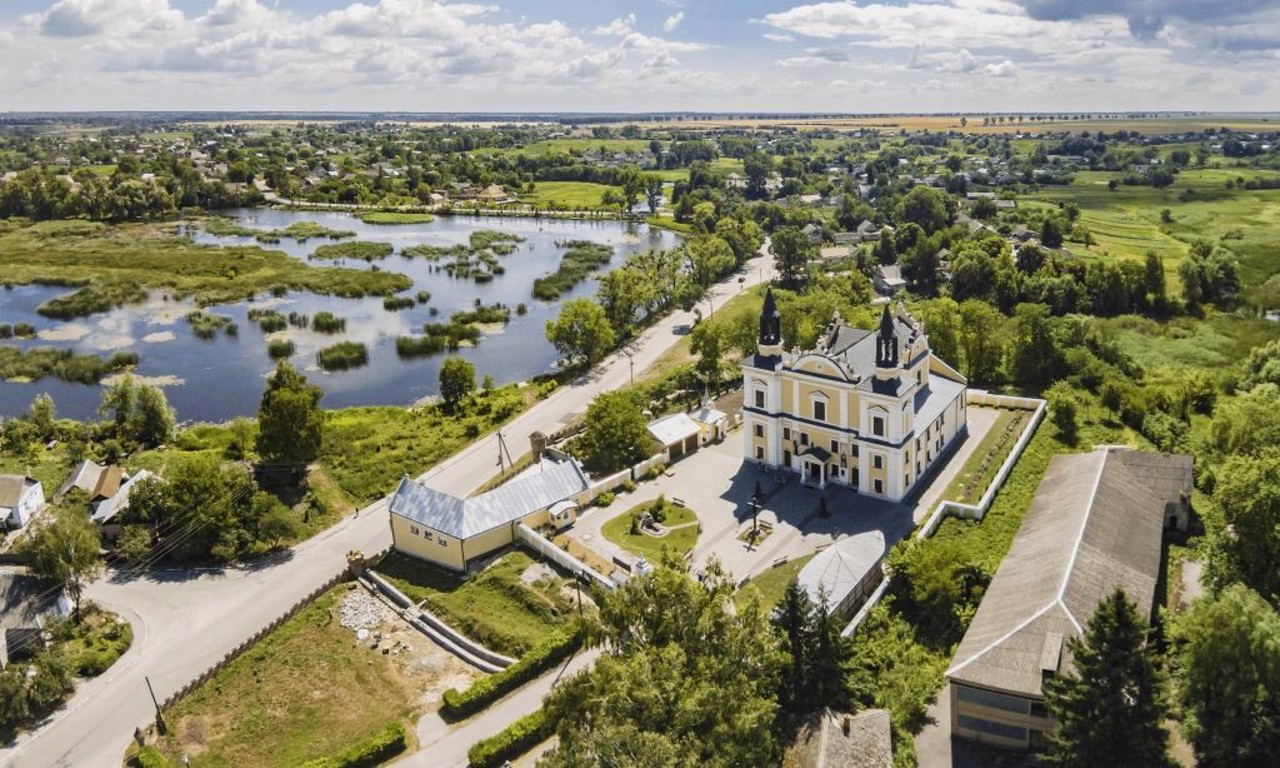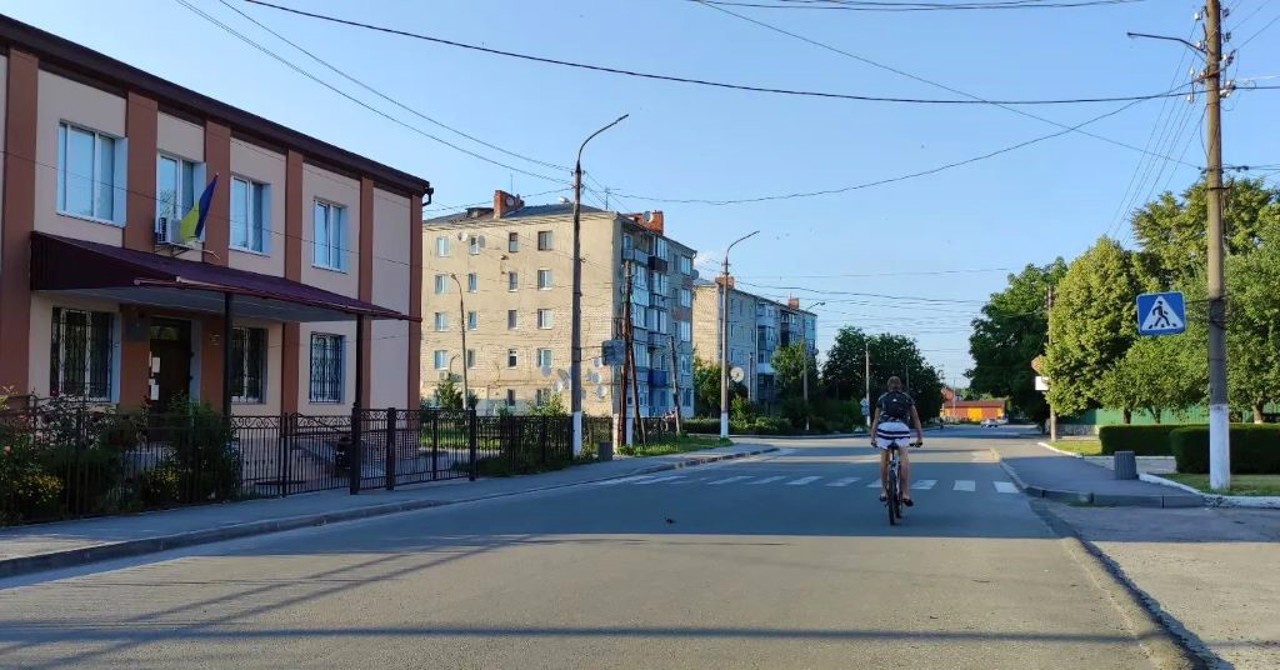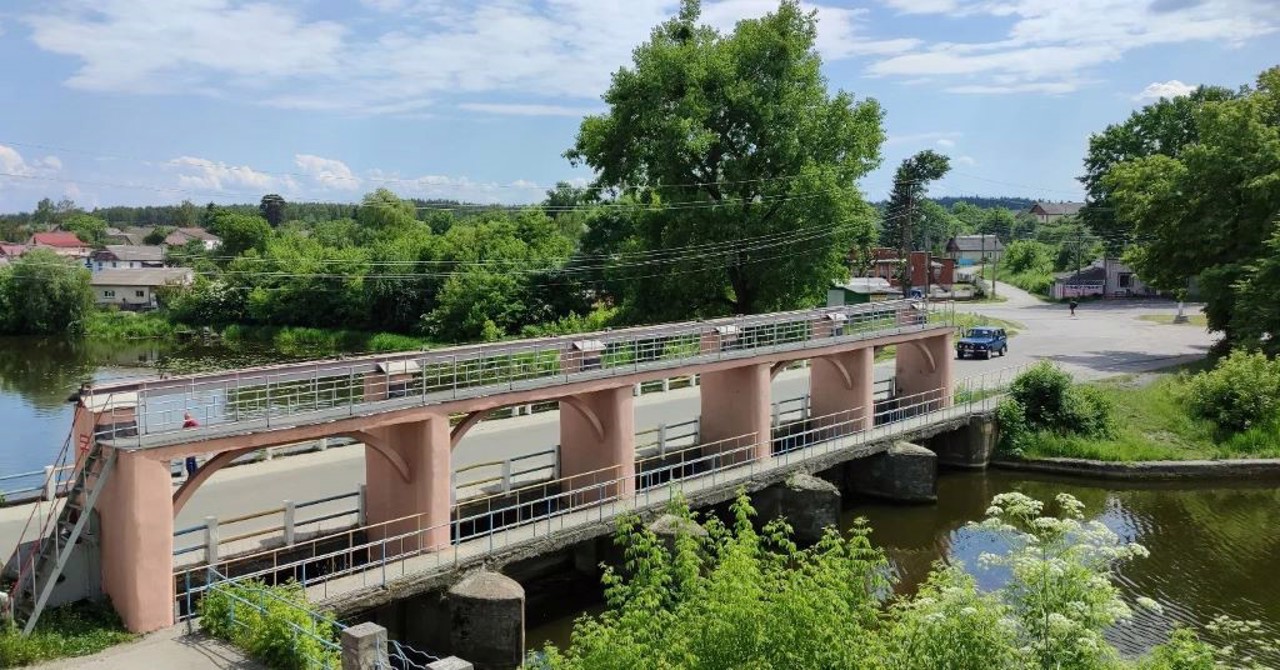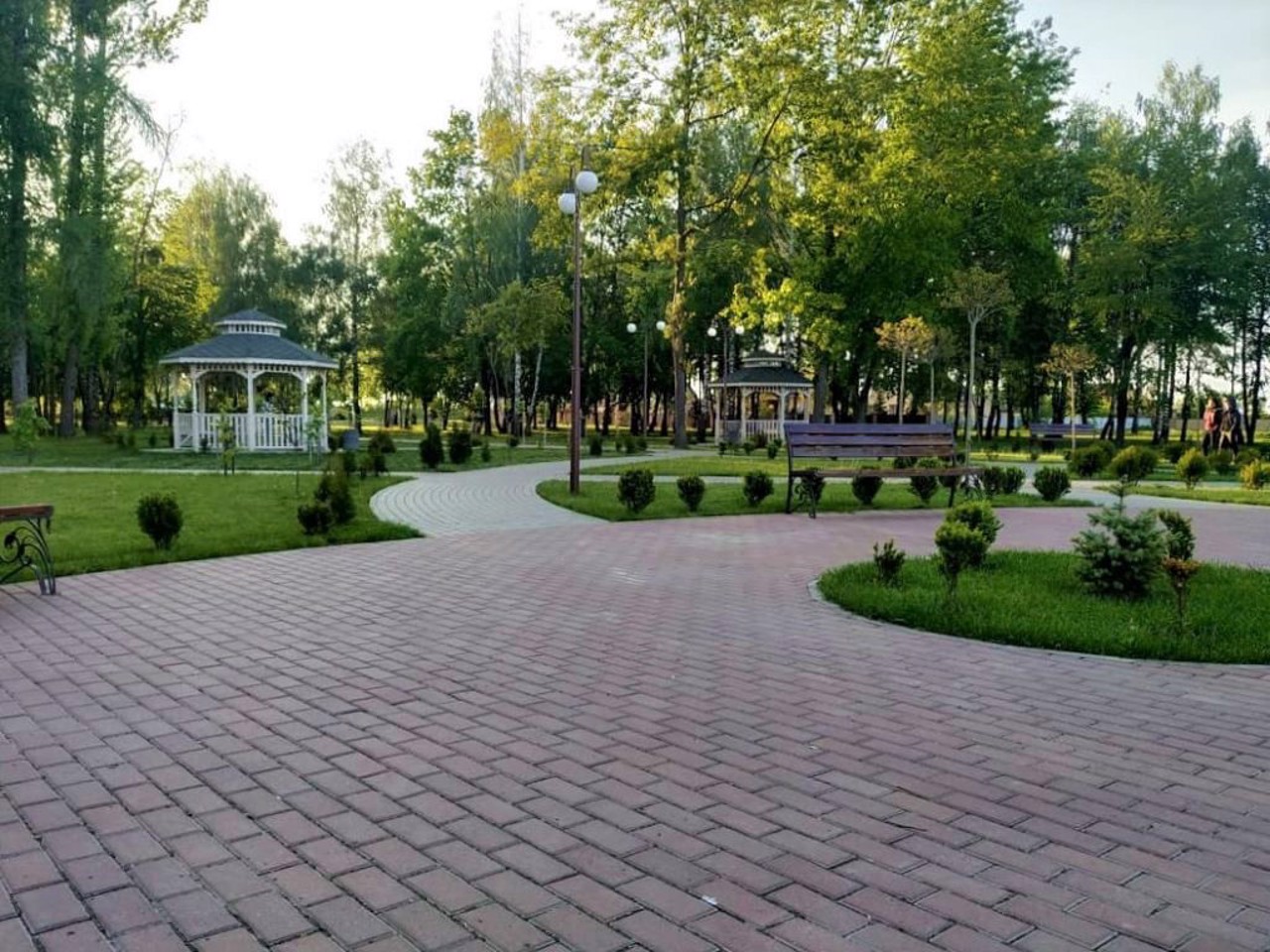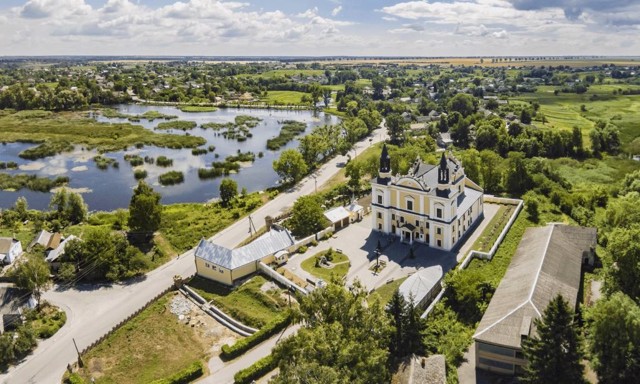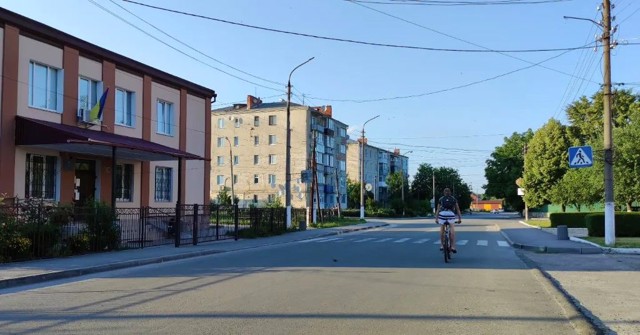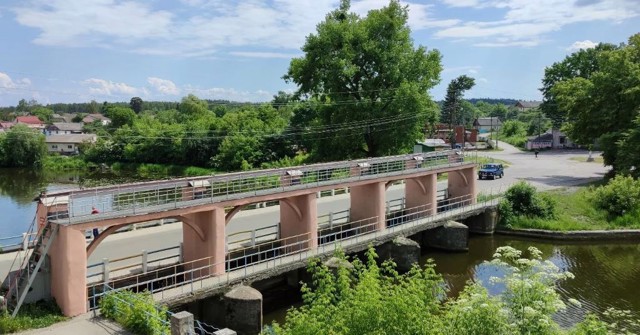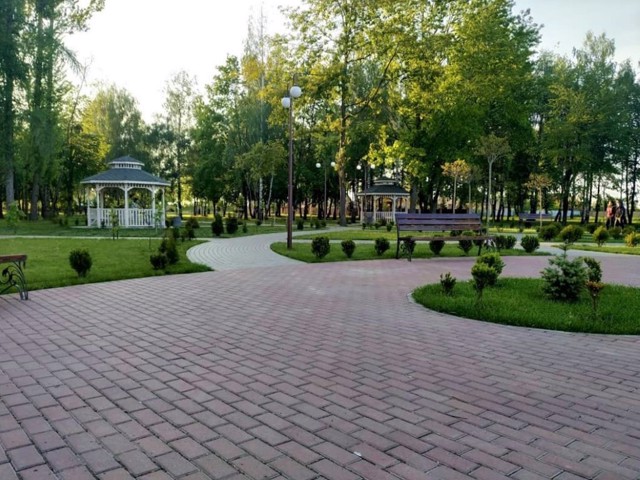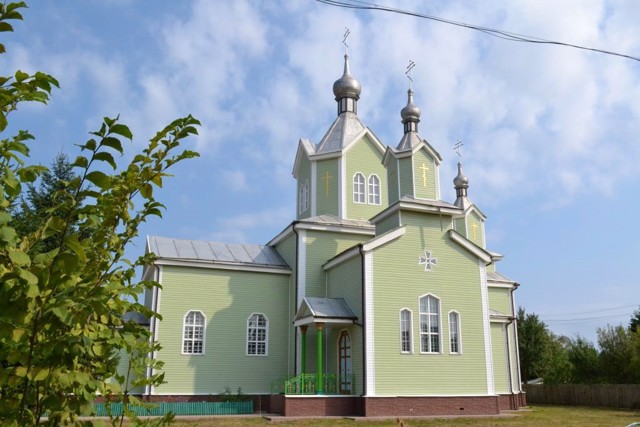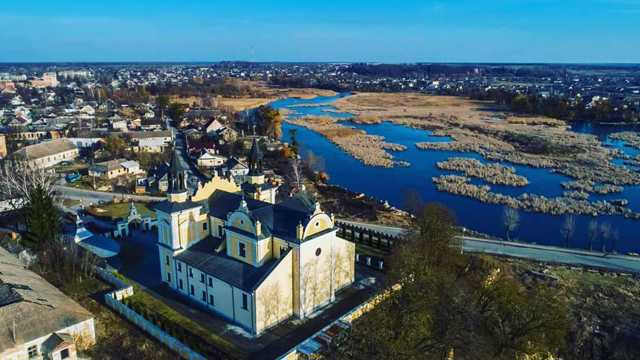Functional temporarily unavailable
General information about Polonne
The city of Polonne is located above the Khomora River, 25 kilometers east of Shepetivka.
It was first mentioned in the Old Rus chronicles of the time of Volodymyr Svyatoslavych as the town of Polonnyi. The name may be related to the Slavic tribe of Polyans who lived in these regions.
In the 12th century, a castle with earthen ramparts and a wooden palisade was built to protect against nomads. After receiving the Magdeburg law in the 16th century, crafts began to develop actively in the city. In the 17th century, on the site of an ancient Rus settlement, Prince Ostrozhskyi built a new bastion castle, inviting the Italian architect Matteo Trapola (ramparts with a height of 8-14 meters have been preserved) ...
The city of Polonne is located above the Khomora River, 25 kilometers east of Shepetivka.
It was first mentioned in the Old Rus chronicles of the time of Volodymyr Svyatoslavych as the town of Polonnyi. The name may be related to the Slavic tribe of Polyans who lived in these regions.
In the 12th century, a castle with earthen ramparts and a wooden palisade was built to protect against nomads. After receiving the Magdeburg law in the 16th century, crafts began to develop actively in the city. In the 17th century, on the site of an ancient Rus settlement, Prince Ostrozhskyi built a new bastion castle, inviting the Italian architect Matteo Trapola (ramparts with a height of 8-14 meters have been preserved).
In 1607, the church of Saint Anna was built, which for centuries remained a stronghold of Catholicism in Podillya. Ancient crypts have been preserved in the city cemetery.
Polonne Park is one of the works of park art by the famous Irish park architect Dionysius Makler.
There is a historical museum, as well as a museum of the Jewish poet Perets Markish.
Місто Полонне розташоване над річкою Хомора в 25 кілометрах на схід від Шепетівки.
Вперше згадується в давньоруських літописах часів Володимира Святославича як град Полонний. Назва, можливо, пов'язана зі слов'янським племенем полян, які проживали в цих краях.
В ХІІ сторіччі для захисту від кочівників був споруджений замок з земляними валами і дерев'яним частоколом. Після отримання в ХVI столітті Магдебурзького права в місті почали активно розвиватися ремесла. В XVII столітті на місці давньоруського городища князь Острозький звів новий бастіонний замок, запросивши італійського архітектора Маттео Траполу (збереглися вали висотою 8-14 метрів).
В 1607 році збудований костел Святої Анни, яки ...
Місто Полонне розташоване над річкою Хомора в 25 кілометрах на схід від Шепетівки.
Вперше згадується в давньоруських літописах часів Володимира Святославича як град Полонний. Назва, можливо, пов'язана зі слов'янським племенем полян, які проживали в цих краях.
В ХІІ сторіччі для захисту від кочівників був споруджений замок з земляними валами і дерев'яним частоколом. Після отримання в ХVI столітті Магдебурзького права в місті почали активно розвиватися ремесла. В XVII столітті на місці давньоруського городища князь Острозький звів новий бастіонний замок, запросивши італійського архітектора Маттео Траполу (збереглися вали висотою 8-14 метрів).
В 1607 році збудований костел Святої Анни, який протягом століть залишався оплотом католицизму на Поділлі. На міському кладовищі збереглися старовинні склепи.
Полонський парк - один із творів паркового мистецтва знаменитого ірландського паркового зодчого Діонісія Маклера.
Діє історичний музей, а також музей єврейського поета Переца Маркіша.
Сплануй своє перебування у Polonne
What to see and where to go in Polonne
Tourist attractions and museums of Polonne
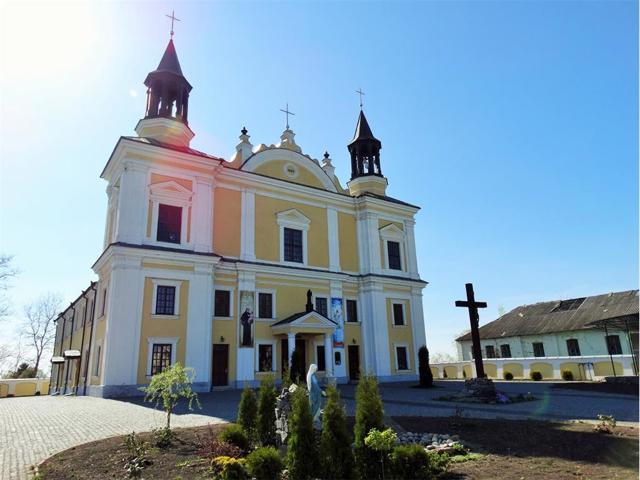
Saint Anna's Church
Temple , Architecture
The majestic complex of the Church of Saint Anna has been standing in Polonne on a hill above the Khomora River for more than 400 years.
It was founded in 1583 by Prince Yanush Ostrozky, Voivode of Volyn, who owned Polonne at that time. He was the first in the Ostrozky family to convert to Catholicism. Construction lasted 24 years. The walls of the temple reach a thickness of 2 meters, it is decorated with cornices, stained glass windows and paintings. In 1612, the Jesuit fathers opened a school at the church.
Over the centuries, the church fell into ruin several times, but each time it was restored, and even in Soviet times, thanks to the strong Catholic community of the city, it remained active. Restoration was carried out in 1995-2002.
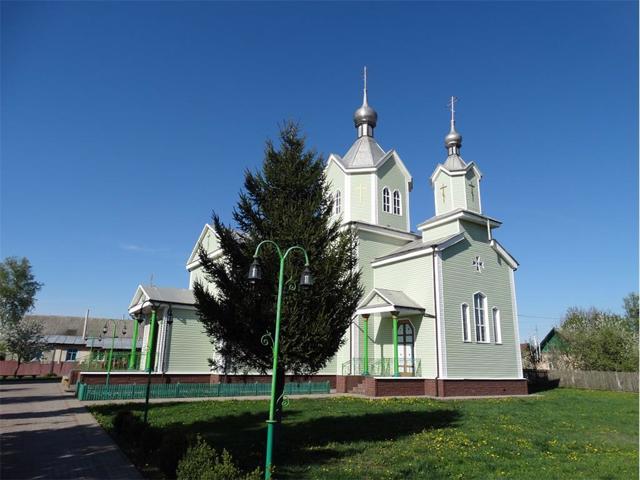
Holy Intercession Church
Temple , Architecture
The first wooden Church of the Holy Intercession in Polonne was founded in 1720. In 1910, a new wooden temple was built next to the old church - also wooden, on a stone foundation.
The first priest of the newly built church was archpriest Mykolay Matusevych, who served here until 1937. With the advent of Soviet power, he was repressed and exiled to Kolyma, where he died in 1940. The church was closed and a granary was built in it, the bell tower was destroyed.
Services in the Intercession Church resumed after the Second World War.
On July 23, 2023, the church community voted for the transition to the Orthodox Church of Ukraine.
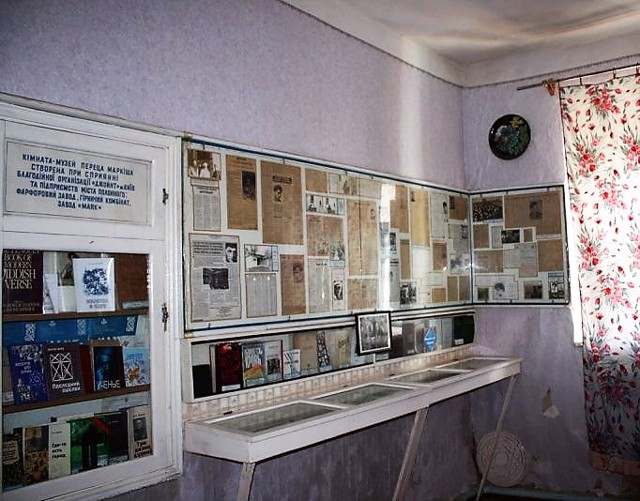
Perets Markish Literary Museum
Museum / gallery
The first museum of the famous Jewish poet Perets Markish in Ukraine was opened in Polonne in 1998.
Markish was born in Polonne in 1895, and spent his childhood there. He became famous in the world as one of the leading Jewish writers, was widely published abroad, was a member of the leadership of the Union of Writers of the USSR, and was awarded the Order of Lenin. In 1949, he was repressed for his participation in the Jewish Anti-Fascist Committee, and in 1952 he was shot.
The exposition of the Polonne museum tells about the life and creative path of the poet. The museum exhibit includes 23 books by the writer in Yiddish, Hebrew, Ukrainian, Russian, English, and even Chuvash. A special place in the exposition is occupied by the jubilee Israeli edition of three books by Perets Markish. They were issued in 1998 on the initiative of the mayor's office of the city of Beer Sheva. One of the three books contains 24 poems and excerpts from the poem in Yiddish, the other two are translated into Russian and Hebrew. The museum received these books as a gift from David Bonfeld, the mayor of Beer Sheva.
The museum exhibits a lot of photographs from different periods of Perets Markish's life, including his childhood and youth spent in Polonne. Also in the museum exposition is a gift from the poet's daughter, the famous artist and sculptor Olha Rapay-Markish - original ceramic products. The exhibition also includes books by Perets Markish's sons - Shimon and David.
The Perets Markish Jewish Cultural Society operates on the basis of the museum.
In 2007, the museum was awarded the honorary title "People's Museum".
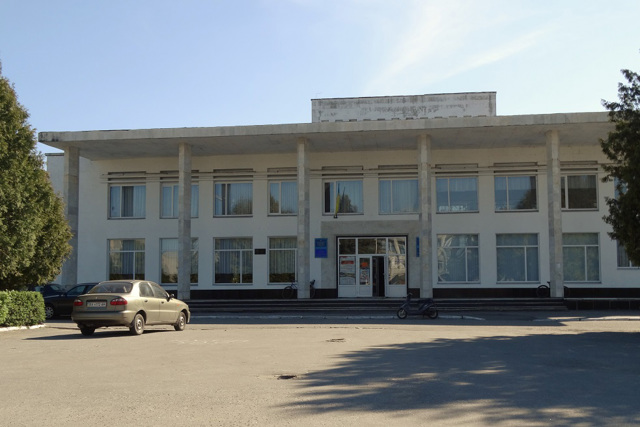
Polonne Historical Museum
Museum / gallery
The People's Museum of the History of Polonne is located in the building of the city's cultural center.
The museum was founded on October 25, 1964. The exhibition presents a collection of antiquities found on the territory of the region, which gives an idea of the ancient way of life, traditions, and customs of the inhabitants of Polonne region.
Currently, the historical museum of Polonne preserves a unique collection of 4,735 pieces of products of defunct, at the time, world-famous porcelain and art ceramics factories. The products were transferred to the balance of the museum by the keeper of this unique collection, in the past the chief artist of the Polonne Porcelain Factory, Mykola Kozak.
Reviews Polonne
Geographical information about Polonne
| {{itemKey}} | {{itemValue}} |
|---|---|
| Region |
Khmelnytskyi |
